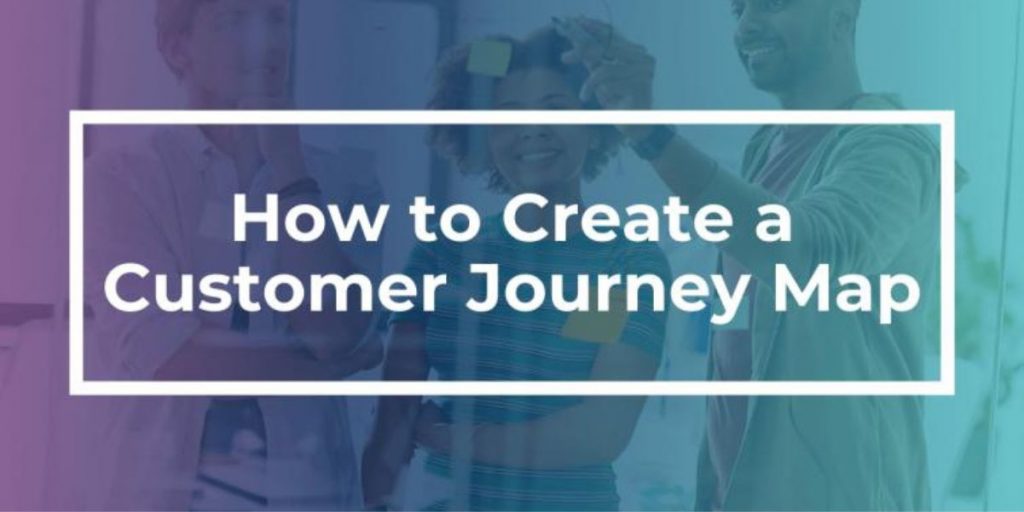
Limited Access until Nov 18 – watch our on-demand webinar, Customer Journey Maps – Your Secret Weapon to Driving Product Adoption.
The customer journey is a phrase that’s received a lot of love in recent years, as the customer experience continues to be the key differentiator of a brand’s success. In fact, Adobe research revealed that experience-driven businesses have been shown to grow revenue 1.4X faster and increase customer lifetime value by 1.6X more than other companies.
The implication is clear: driving revenue from product introductions hinges on your ability to ensure a great customer experience at every touchpoint — and that requires mapping out and understanding the customer journey.
Understand Your Goals for Each Phase in the Journey
But creating a customer journey map isn’t always easy. You need to understand each phase and step a customer takes as they interact with your company, from researching a product to making a purchase, to using the product. To make things more complicated, if you have multiple target users, the journey may look different for each of them.
To get started, it’s critical to define the key goals for each phase of interaction, and what an ideal experience looks like. As you begin to map the customer journey, some key questions to explore include:
- What are key touch points or interactions?
- What is the purpose and level of importance of each touch point?
- What are the customer’s thoughts and feelings at those points?
- What are the goals at each touch point?
- What is the potential length of the interaction?
Along with these questions, Product Managers can analyze the customer journey using other tools, such as the “Jobs-To-Be-Done” framework. This approach operates according to the assumption that customers “hire a product to get a job done.” Creating a Universal Job Map helps to deconstruct customers’ actions into specific steps and breaks down your customers’ issues into bite-sized chunks, so you can really get a feel for the customer’s experience at every step along their journey.
To bring it all together, everyone on your team should be on board and involved in helping to define the customer journey, to ensure nothing is left off the map. One or more customer journey creation sessions can be held to enable everyone to provide input.
Customer Journey Map Creation: Take a Deeper Dive
Limited Access until Nov 18 – watch the on-demand webinar, Customer Journey Maps – Your Secret Weapon to Driving Product Adoption. Todd Blaquiere, Principal Consultant and Trainer at 280 Group explores how to create a winning customer journey map, to understand customers, solve problems, influence decisions, and create customer value. He discusses how customer journey maps support the seamless alignment of the “Whole Product.”



